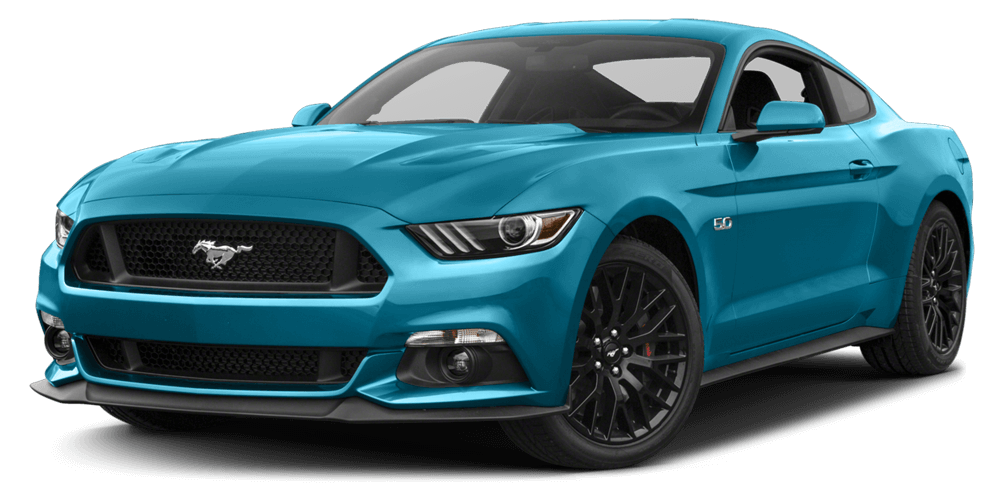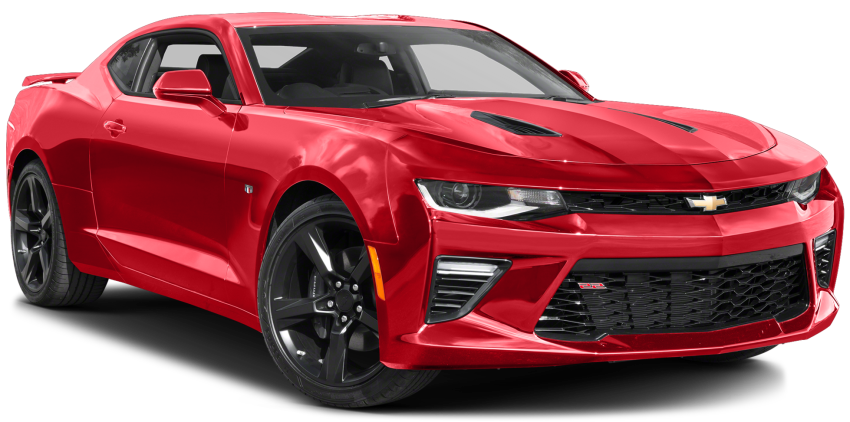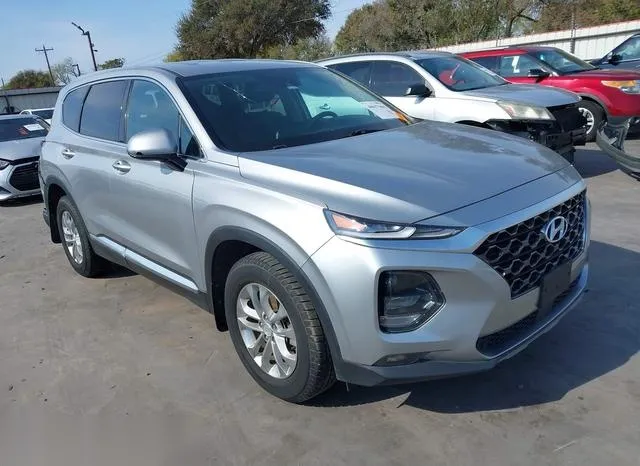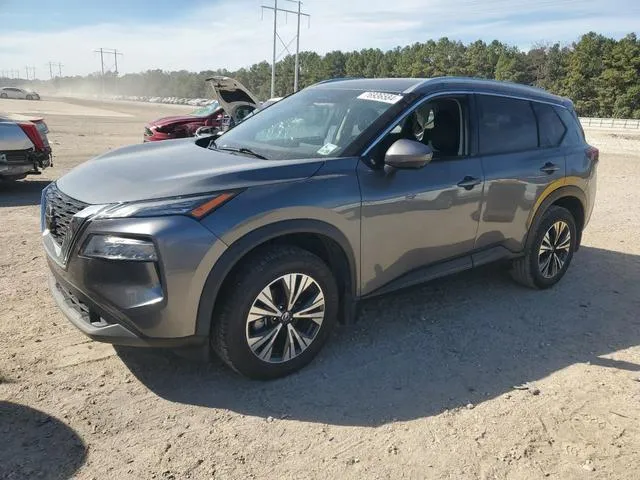The History of Lexus
Lexus is the luxury vehicle division of the Japanese automaker Toyota. It was established in 1989 as part of Toyota's plan to compete with high-end manufacturers such as Mercedes-Benz and BMW. The brand quickly gained recognition for its reliability, quality, and luxurious features.
Founding and Early Years
The concept of Lexus was born in the early 1980s when Toyota Chairman Eiji Toyoda decided to create a new line of luxury vehicles. The company began its research and development project under the codename "F1" (Flagship One). In 1983, the F1 project was officially launched, and the first prototype was developed. This led to the introduction of the flagship Lexus LS 400 in 1989 during the Los Angeles Auto Show, marking the brand's official debut.
Expansion of the Brand
Following the initial success of the LS 400, Lexus expanded its lineup throughout the 1990s and early 2000s. This included the introduction of models such as the ES, GS, RX, and LX, catering to a wide range of customers looking for luxury vehicles.
Innovations and Technology
Lexus has been at the forefront of automotive technology, often incorporating innovative features into its models. The introduction of the Lexus Hybrid Drive system in the RX 400h in 2005 positioned Lexus as a leader in hybrid technology within the luxury segment.
Current Lineup
Todays' Lexus continues to expand its lineup, focusing on performance and sustainability. With various sedans, SUVs, and hybrids, Lexus caters to a diverse clientele around the world.
Complete Model List
| Model | Production Years | Description |
|---|---|---|
| LS | 1989 - Present | The LS is the flagship sedan of Lexus, known for its luxury, comfort, and advanced technology. |
| ES | 1989 - Present | A midsize luxury sedan that emphasizes comfort and value, making it one of Lexus' best-selling models. |
| GS | 1993 - 2011 | A sportier midsize sedan that aimed to compete with European luxury brands in terms of performance. |
| IS | 1998 - Present | A compact luxury sedan designed to appeal to younger buyers, featuring sporty handling and style. |
| RX | 1998 - Present | A midsize luxury SUV that helped define the luxury crossover segment, known for its comfort and versatility. |
| LX | 1996 - Present | A full-size luxury SUV that combines rugged off-road capability with plush amenities. |
| NX | 2014 - Present | A compact luxury crossover that offers a dynamic driving experience and cutting-edge technology. |
| UX | 2019 - Present | The smallest SUV in the lineup, targeting urban drivers with its premium features and efficient design. |
| LC | 2017 - Present | A luxury coupe that blends performance with exquisite design, showcasing Lexus's commitment to craftsmanship. |
| SC | 1991 - 2010 | A luxury convertible that offered a blend of performance and open-air driving enjoyment. |
| CT | 2011 - 2017 | A premium hatchback that was one of the first luxury hybrid vehicles on the market. |
Conclusion
Lexus has consistently evolved over the years, establishing itself as a prominent player in the luxury automotive market. Its focus on quality, innovation, and customer satisfaction has earned it a loyal following worldwide. As Lexus continues to innovate and adapt to changing consumer needs, it remains committed to delivering exceptional vehicles that embody luxury and performance.

































